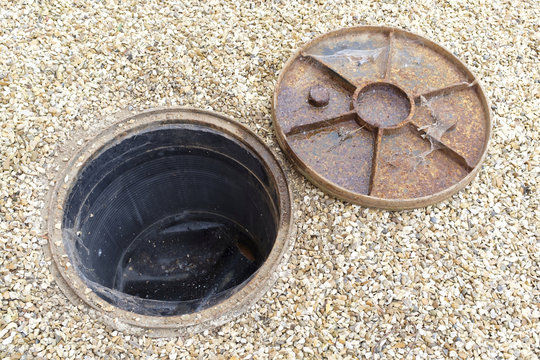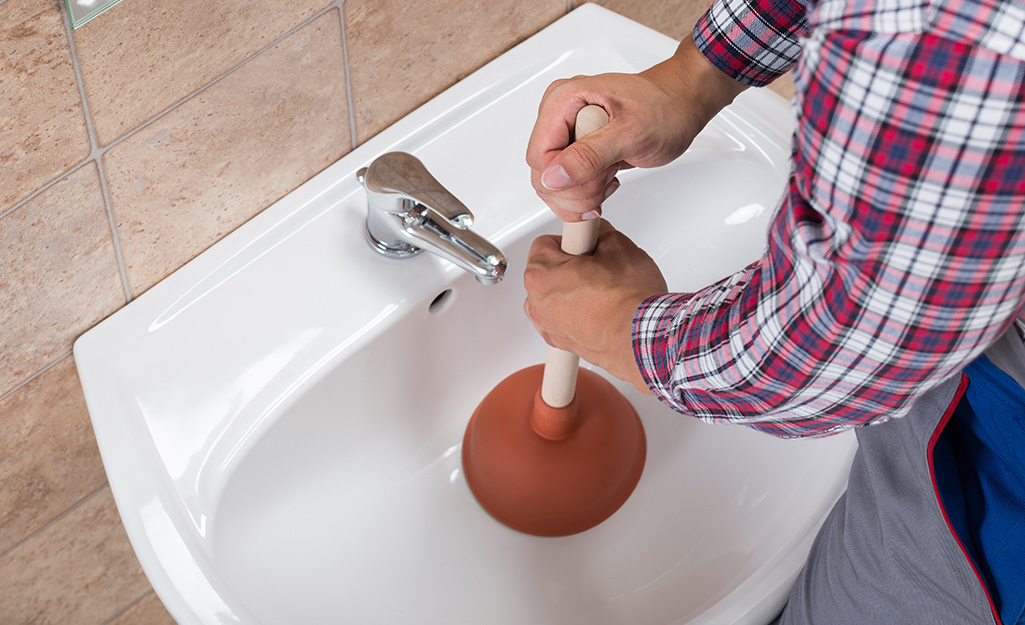Ways to Tackle a Blocked Drain On Your Own Before Hiring Plumbing Experts
Ways to Tackle a Blocked Drain On Your Own Before Hiring Plumbing Experts
Blog Article
We've encountered this article pertaining to How to handle a clogged drain in your home down the page on the internet and believe it made perfect sense to discuss it with you in this article.

Intro
Dealing with an obstructed drainpipe can be an irritating experience, interfering with day-to-day activities and potentially creating damage to your residential property. Nonetheless, prior to reaching out to pipes professionals, there are actions you can require to attend to the concern yourself. In this guide, we'll explore do it yourself solutions and safety nets to tackle an obstructed drainpipe properly.
Recognizing the Issue
The initial step in dealing with an obstructed drain is acknowledging the indicators. Slow-moving drainage, gurgling sounds, foul odors originating from drains, or water support up prevail indicators of an obstructed drain. Identifying these indications early can help protect against additionally issues.
Typical Root Causes Of Obstructed Drains
Recognizing the aspects that add to drain clogs is essential for efficient resolution. Usual perpetrators consist of hair, soap residue, oil, food particles, and international items like hygienic items or paper towels. Tree roots attacking below ground pipes can additionally create considerable blockages.
DIY Solutions
For small clogs, numerous DIY options can be effective. Putting boiling water down the drain can aid dissolve grease and debris. Baking soda and vinegar or a blend of salt and cooking soda can function as natural cleansers. Making use of a plunger or pipes serpent to dislodge blockages is another alternative.
Tools and Devices
Having the right devices available can make do it yourself drainpipe cleaning up extra effective. A bettor is a functional device for getting rid of obstructions in sinks, bathrooms, and showers. A pipes snake or auger can get to deeper clogs, while drain cleansing chemicals can be used very carefully for stubborn blockages.
Preventive Measures
To avoid future blockages, adopting safety nets is essential. Install drainpipe guards or filters to catch hair and particles before they get in the pipes. Consistently flush drains pipes with hot water to liquify grease accumulation, and prevent disposing of grease or solid waste down the tubes.
When to Call a Professional
While do it yourself services can solve small obstructions, particular indicators suggest the requirement for specialist support. Relentless blockages, foul odors despite cleansing efforts, or several drains backing up at the same time are warnings that call for experienced intervention.
Selecting the Right Plumbing Service
When choosing a pipes solution, consider aspects such as experience, licensing, and consumer reviews. Choose a reliable plumbing professional with a track record of top quality handiwork and clear pricing practices.
Price Factors to consider
The cost of specialist drainpipe cleaning company can vary relying on the severity of the clog and the plumbing technician's rates. Request quotes from numerous companies and inquire about any added fees to guarantee transparency and stay clear of shocks.
Safety and security Measures
When trying DIY drainpipe cleansing, prioritize safety. Use protective handwear covers and glasses to prevent contact with hazardous chemicals or microorganisms. Never mix various drainpipe cleaning products, as this can create harmful fumes.
Instance Researches
Real-life examples illustrate the performance of DIY options and the value of timely specialist intervention in solving drain obstructions.
Conclusion
By complying with the pointers described in this guide, you can properly tackle obstructed drains and avoid future plumbing problems. Whether going with do it yourself options or looking for expert aid, prompt action is essential to keeping a healthy plumbing system and protecting the stability of your home.
WHAT I LEARNED FROM TRYING TO DEAL WITH A CLOGGED DRAIN
We have had our share of seepages and other annoying things that are part of living, especially in an apartment complex. And if there’s one thing that’s terrifying for a homeowner—or even someone in a rented home—it is a clogged drain, indoors or outdoors.
We enjoy our living space, but it’s simply a fact of life that dead skin, soap and a host of other items go down the drain; eventually, the residue builds up and prevents anything from moving. Ugh.
Not Calling A Professional
Of course, it might seem simple to just whip the pipe off under the sink and see if you can unblock it. Unfortunately, what if the blockage isn’t there, or you don’t reconnect it properly? Worse, you might break a piece and have no drainage system. Can you imagine that scene? Yuck!
Not Watching Your Waste
This will sound d’uh, but the best tip I can give you for drain cleaning is to avoid clogging the drain in the first place! You can do this by monitoring what goes down the drain and catching the items which are most likely to give you a problem. Invariably hair, vegetable peels, and large wads of toilet paper are the most obvious culprits. Add a filter—these are available in hardware stores and can be removed and cleaned easily.
Poking The Drain
The first urge with a clogged drain is to poke at it with a stick or anything that resembles a stick. Sadly, this does not result in magically solving the issue. The mental image is, naturally, one of the stick just pushing through the offending item and all is well again. Reality is quite different and unpleasant and likely to lead to further problems.
The thing is, every drain has a series of bends that are not visible to us. Drains are built this way to prevent gases from entering the house. What happens when you poke a stick into the drain? Of course, it can’t bend around the corner. The more adventurous people will use force and end up wedging the stick or causing it to break off in the pipe—creating an even bigger issue. Worst thing? The stick will shift the block further down the pipe, creating the space for more to collect. Go ahead! Roll your eyes!
Using The Wrong Plunger
You know what they say: the right tool for the right job! Did you know there are different types of plungers besides the basic one we keep at home for an emergency? Yes, there are. For example, the toilet plunger has a bell-shaped bottom while the sink plunger is flat. This is an important difference and using the wrong plunger will be useless. There’s also a knack in using plungers—they must be placed in such a way that they create an airtight seal and then, moved slowly up and down—not as fast as we imagine.
https://vidyasury.com/2018/01/learned-trying-deal-clogged-drain.html

I have been very involved in How to handle a clogged drain in your home and I am hoping you enjoyed reading the entire page. Sharing is nice. You won't know, you might be doing someone a favor. I take joy in your readership.
Book Report this page